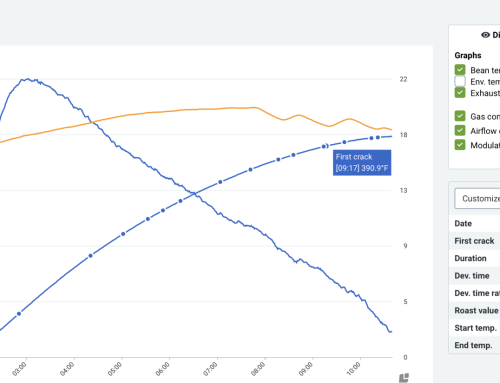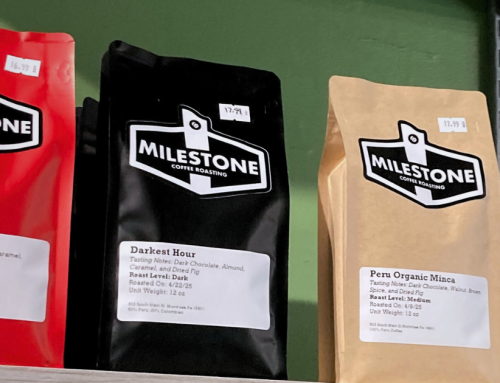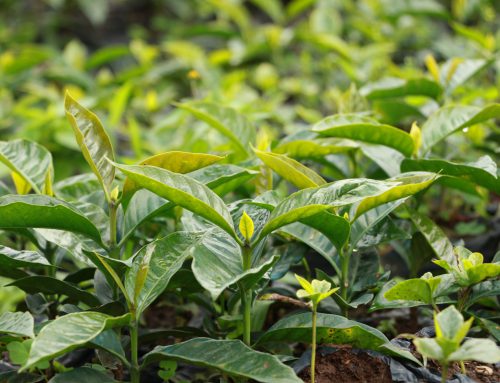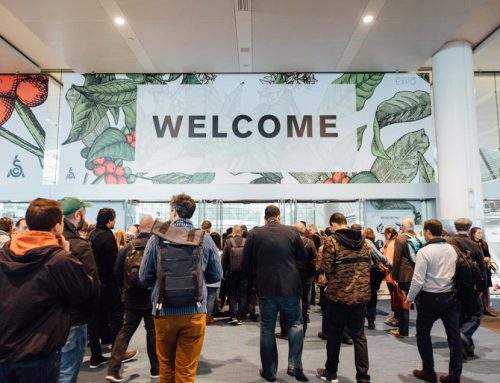Honduras is a burgeoning powerhouse in coffee production. Despite past infrastructure and socioeconomic challenges, entrepreneurial producers are racing to improve quality, innovate processing techniques, and cultivate high-profile Honduras coffee. The Honduras coffee industry is shifting, and many changes are in the producers’ favor. With its rich volcanic soils, diverse microclimates, and a tradition of meticulous cultivation, Honduras coffee consistently delivers. Honduras green coffee beans are prized for their exceptional quality and distinct flavor profiles.

Honduras coffee producer
Honduras Coffee History
For centuries, the banana crop was king in Honduras. Even after coffee arrived via trading ships in the 18th century, it would be another 200 years before Honduran farmers widely adopted coffee farming on their land in the early 20th century.
Although Honduras has all the right natural ingredients to be a great specialty coffee origin, such as abundant fertile land, altitudes well above 1,000masl, and various microclimates, ramping up Honduras coffee to its full potential has been challenging.
In 1998, Hurricane Mitch swept through the country and devastated the coffee industry in Honduras. An estimated 70% of Honduran agriculture was decimated. The hurricane not only hurt crops, it also destroyed the infrastructure making it more difficult to bring coffee to market. To circumvent losses, many Honduran coffee farmers smuggled their coffee to Guatemala where they could earn higher prices.
Just 14 years after Hurricane Mitch, disaster struck again. Honduras coffee was blasted by a coffee leaf rust outbreak. Farmers had very little access to inputs and maintained mostly organic farms. Lacking fungicides, many coffee crops were destroyed by leaf rust.
While disasters took their toll, Honduras refused to give up. What sets Honduras apart from most Central American countries is a distinct generational shift in agriculture. Most of the industry is run by young entrepreneurs who have successfully improved the reputation of Honduran coffee abroad. Additionally, Instituto Hondureño del Café (IHCAFE), an institution dedicated to growing and promoting local coffee production, stepped up. IHCAFE supported widespread investment in coffee infrastructure, particularly after the coffee leaf rust outbreak.

Agronomists training coffee farmers at Finca Las Moras in Siguatepeque in Comayagua
Honduras Coffee Production
According to the USDA, over 102,000 families are involved in the coffee supply chain throughout 15 of Honduras’s 18 departments, accounting for around 30% of the country’s agricultural GDP. Around 95% of producers in Honduras are smallholders, with an average farm size of around two hectares.
Honduras might be small, but it’s mighty. Today, Honduras produces around as much Arabica coffee as Ethiopia annually, but the country is ten times smaller.
Over the last decade, coffee production in Honduras has nearly doubled, growing to 6.5 million bags for the 2023/2024 harvest. Although the country is still on high alert for coffee leaf rust, lower incidences of disease have been reported to IHCAFE throughout the departments.
Production volume isn’t the only thing going up in Honduras. Coffee quality is also on the uptick, and dedicated investment in dryers, wet mills, quality control, and specialty-focused exporters has resulted in promising achievements in high-end microlots. In 2022, specialty and certified coffee amounted to 54% of the total export volume, according to the USDA.
There’s a bit of everything in Honduras. Roasters can find lower-cost green coffee that’s a staple for blends to super-exclusive microlots that share similarities with specialty coffee from Guatemala, such as this organic washed coffee from Silvestre Vasquez and Joel Lopez. As Honduras continues to invest in sustainable practices and quality improvement initiatives, its position as a key player in the global coffee market becomes increasingly prominent.

Honduran coffee farmer working in a coffee nursery
Common Honduras Green Coffee Varieties
Many common coffee varieties that grow in Honduras such as Catuai, Caturra, Pacas, Villa Sarchi, Typica, Lempira, and IHCAFE-90, were introduced by IHCAFE.
Catuai is one of the most common green coffee varieties found in Honduras. The cross between Mundo Novo and Caturra is very productive and compact in size but also highly susceptible to coffee leaf rust disease. IHCAFE imported Catuai to Honduras from Guatemala in the 1970s, along with Pacas from El Salvador and Villa Sarchi from Costa Rica.
Lempira and IHCAFE-90 were developed by IHCAFE in the 1990s and are crosses between the Timor Hybrid and Caturra. Both cultivars share similar characteristics, like requiring extensive fertilization and being susceptible to leaf rust and the Ojo de Gallo fungus.
A newer variety introduced by IHCAFE is Parainema. A Sarchimor hybrid dwarf cultivar, Parainema is highly resistant to coffee leaf rust. Our ground team in Honduras regularly distributes young Parainema coffee trees to producers.

Finca Las Moras coffee farm in Siguatepeque, Honduras
Honduras Green Coffee Producing Regions
The Honduras coffee industry is prevalent in six distinct coffee-growing regions: Copán, Opalaca, Montecillos, El Paraiso, Agalta, and Comayagua.
Copán, one of the most famous regions, borders Guatemala in west Honduras. With periodic low temperatures of 11ºC, Copán is one of the coolest producing regions in the country and sits at 1,000 to 1,500masl. Coffee from Copán is a notable origin that’s part of the Honduran Western Coffees (HWC) Geographical Indication.
Opalaca lies east of Copán and is another HWC region. The altitude rises slightly from 1,100 to 1,500masl. Coffees here feature complex flavors of tropical fruits, berries, and a delicate acidity.
Along the border of El Salvador is Montecillos. Here, cold nights and high altitudes of 1,200 to 1,600masl give way to sweet coffees with sparkling tartaric acidity and delicious flavors of citrus, stone fruits, and caramel.
El Paraiso is a newer coffee-growing region in the south of Honduras, along the border of Nicaragua. Temperatures run a little warmer here, from 16 to 22.5ºC, and altitudes range from 1,000 to 1,400masl.
Agalta in the southeast has a tropical climate. One can find fruity coffees with pronounced acidity. Coffee in Agalta are grown at 1,100 to 1,400 masl.
At the heart of Honduras is Comayagua. Comayagua is one of the most productive regions in Honduras. Altitudes range from 1,000 to 1,500masl and the cup profile of coffee from Comayagua is celebrated for its sweetness, citrus aromas and bright acidity.

The Q-grading team at Molinos de Honduras
How are Honduras Coffee Beans Graded?
The coffee grading system in Honduras is based on the altitude at which the coffee was grown (similar to Peru, El Salvador, and other Latin American countries). Strictly High Grown (SHG) green coffee signifies that the coffee was grown at 1,350masl or above. High Grown (HG) green coffee grows between 1,200 to 1,350masl. Central Standard coffee grows below 1,200masl.
Another classification for coffee quality in Honduras is the European Process or EP. This indicates that there are no more than four defects per 1,000 coffee beans, and it is part of the hand-sorting process that the coffee goes through before it’s packed and shipped.
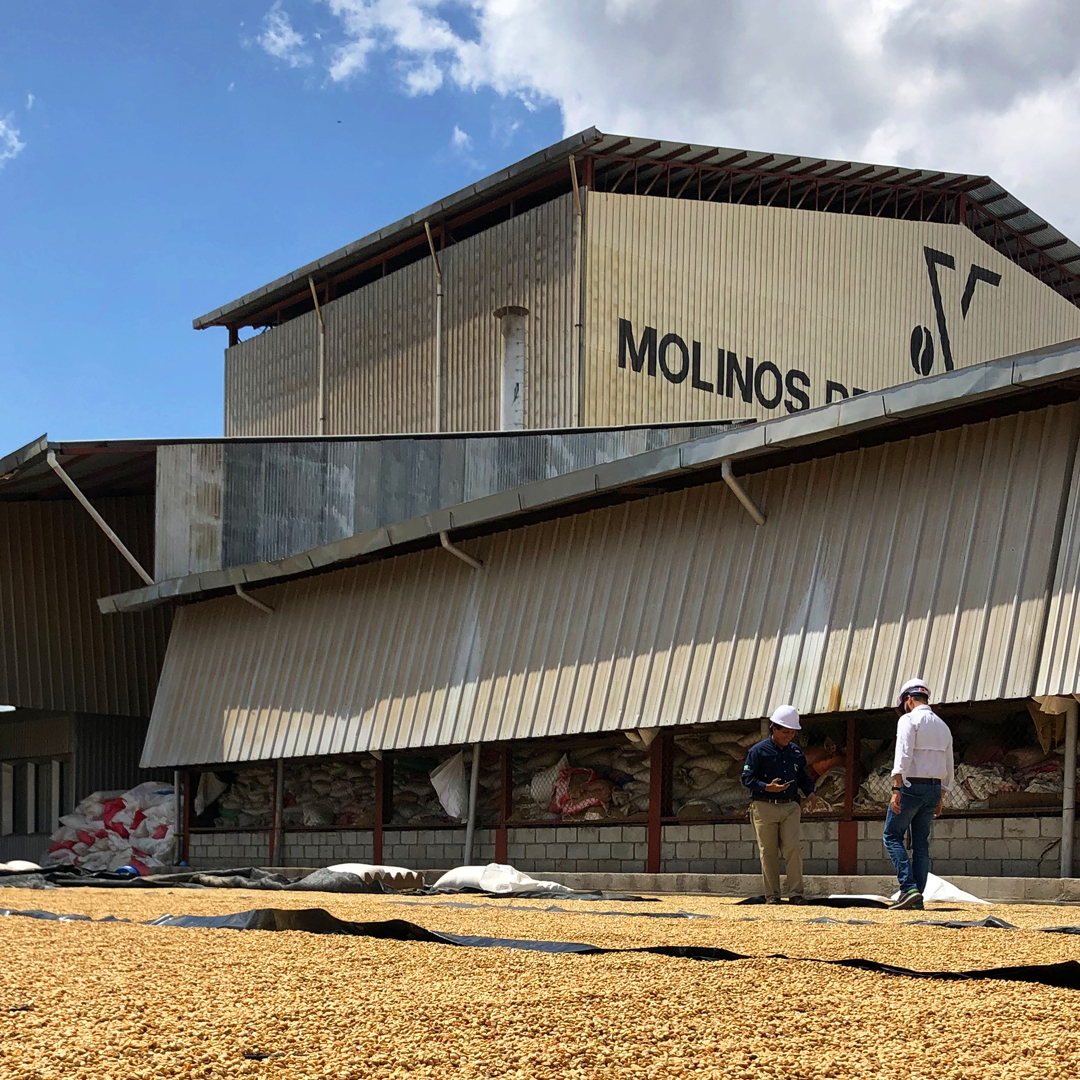
Green coffee drying at the Molinos de Honduras Mill in Comayagua, Honduras
Genuine Origin in Honduras
Genuine Origin’s sister company, Molinos de Honduras, founded in 1960, is the oldest coffee exporter in the country. Frank Reese, Molinos’s General Manager, has spent the last ten years overhauling its operations and making leaps and bounds for the benefit of its producing partners.
In Honduras, it’s still common practice to source coffee from intermediaries. In the first phase of their purchasing strategy shift, Molinos went from sourcing 95% of their Honduran green coffee from middlemen to 60% directly from producers. Molinos has completely cut out the middleman and purchases coffee from producers (60%) and co-ops (40%).
“The USDA and Technoserve had a project in 2016 to get exporters and producers together. We got on the bus rapidly and decisively, although it can be hard to defend this approach as a transnational company,” says Frank. In addition to paying producers up to 60% more than what they were receiving through middlemen, Molinos also offered millions of dollars to producers in direct financing through the Sustainable Agricultural Improvement project (Mejoramiento Agrícola Sostenible, or MAS, in Spanish). The program benefitted over 32,000 smallholders and helped them increase productivity by 54%. As a result, Molinos went from sourcing 10,000 to 130,000 bags directly from producers.
The learning curve for the program has been steep. Molinos, which used to source coffee from a handful of middlemen, now has to accommodate thousands of producers trying to deliver their coffee each day. It took Molinos about eight years to develop a process at their mills, an investment that other exporters have been less willing to make.
Many exporters are also reluctant to go against middlemen. Frank isn’t afraid to admit they’ve made enemies along the way. However, they’ve also made a lot of friends. “In one region, we had an exceptionally strong relationship with our producers and there was a middleman that wasn’t happy about it. When the producers heard about the trouble they were causing, they confronted the middlemen themselves and told them, ‘You get your coffee, (and Molinos) get their coffee,'” says Frank. It was possible to find a solution where the producers could protect Molinos’ interests without directly hurting the middleman at the same time.
The benefits of going direct greatly outweigh the challenges. Buying through middlemen offered Molinos little to no transparency about the coffee’s traceability. Now, Molinos can directly trace micro-lots, regional blends, and community lots through all stages of the process.
Molinos recently constructed a small pilot wet mill to centralize processing. The move is another step towards improving the Honduran coffee industry. The motivations are twofold: 1) to purchase cherry instead of wet parchment and have further control over quality, and 2) to help alleviate some burden that producers receive from the government to reduce water consumption and environmental pollution on their farms.
As the fourth largest Arabica producer in the world, Honduras is a crucial origin for specialty coffee. With support from the government and future-minded exporters like Molinos, coffee volume and quality are on track to continue growing even more.
Find out more about our unroasted coffee from Honduras at Genuine Origin’s Honduras portfolio on our website: https://www.genuineorigin.com/honduras

